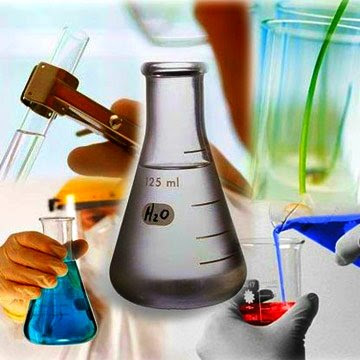Global Warming
Global warming is the continuing rise in the average temperature of Earth's atmosphere and oceans.The instrumental temperature record shows that the average global surface temperature increased by 0.74 °C (1.33 °F) during the 20th century. They indicate that during the 21st century the global surface temperature is likely to rise a further 1.5 to 1.9 °C (2.7 to 3.4 °F) for their lowest emissions scenario and 3.4 to 6.1 °C (6.1 to 11 °F) for their highest.
Causes
The main cause of Global Warming is the orbital eccentricities of Earth and variations in the Sun’s output. Global Warming occurs in cycles caused mainly by changes in the sun’s energy output, and the sun’s relative position to the earth.
Global warming is also caused by increased concentrations of greenhouse gases in the atmosphere, resulting from human activities such as deforestation and burning of fossil fuels. Industrialization, deforestation, and pollution have greatly increased atmospheric concentrations of water vapor, carbon dioxide, methane, and nitrous oxide, all greenhouse gases that help trap heat near Earth's surface.
Over 95% of the greenhouse effect is the result of water vapor in Earth's atmosphere. But because water droplets held in suspension (clouds) make almost as good a reflector as they do a thermal insulator, there is little rise in daytime temperatures due to the greenhouse effect. Any greenhouse warming, if it does occur, is limited to primarily increasing nighttime temperatures.
Interesting fact: The world's natural wetlands produce more greenhouse gas contributions annually than all human sources combined.
Consequences
An increase in global temperature will cause sea levels to rise. Sea level could rise between 7 and 23 inches (18 to 59 centimeters) by century's end, the IPCC's February 2007 report projects. Rises of just 4 inches (10 centimeters) could flood many South Seas islands and swamp large parts of Southeast Asia. Some hundred million people live within 3 feet (1 meter) of mean sea level, and much of the world's population is concentrated in vulnerable coastal cities. In the U.S., Louisiana and Florida are especially at risk.
Glaciers around the world could melt, causing sea levels to rise while creating water shortages in regions dependent on runoff for fresh water. An increase in global temperature will also change the amount and pattern of precipitation, a probable expansion of subtropical deserts. The growth of deserts may also cause food shortages in many places. A follow-up report by the IPCC released in April 2007 warned that global warming could lead to large-scale food and water shortages and have catastrophic effects on wildlife. More than a million species face extinction from disappearing habitat, changing ecosystems, and acidifying oceans.
Warming is expected to be strongest in the Arctic and would be associated with continuing retreat of glaciers, permafrost and sea ice. Other likely effects of the warming include more frequent occurrence of extreme weather events including heatwaves, droughts and heavy rainfall events, strong hurricanes, species extinctions due to shifting temperature regimes, and changes in agricultural yields.
Reflections:
I feel that global warming has created many problems like the increase in temperature leading to the rise in sea level due to the melting of the glaciers, change the amount and pattern of precipitation and causing more natural disasters like droughts, flood and hurricanes. Thus, we should play a part to stop global warming by controlling our emissions of greenhouse gases. Greenhouse gases traps heat near the Earth’s surface, causing the rise in temperature. We should cut down on our industrialization, deforestation, and pollution as they would greatly increase concentrations of greenhouse gases like carbon dioxide and water vapour. We should start caring for the Earth as early as now as the consequences would be deadly and it would badly affect our future generations and by then, it would be too late to regret and try to make changes as the damages would already be done and it would be very hard to be undone.





